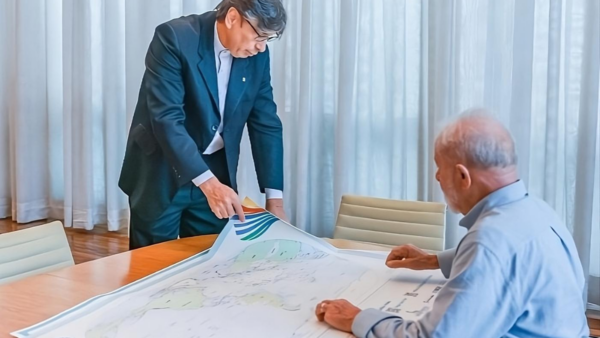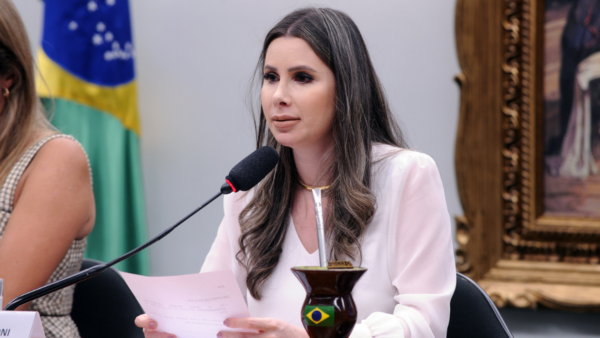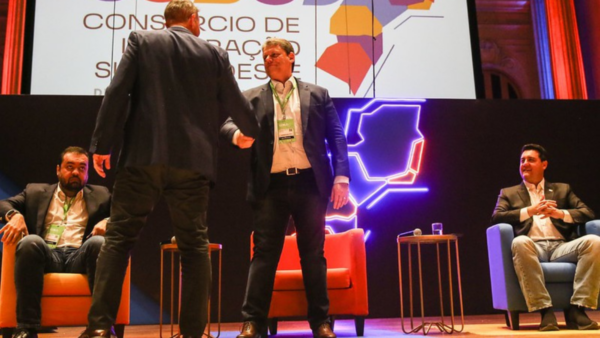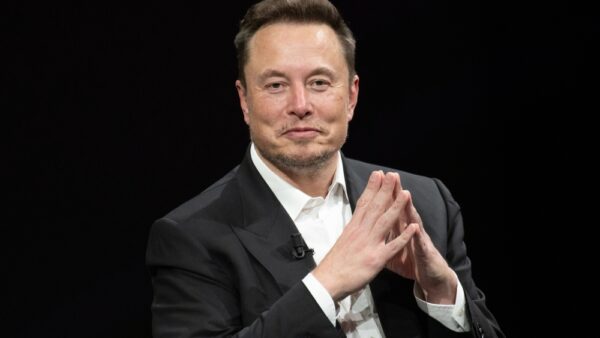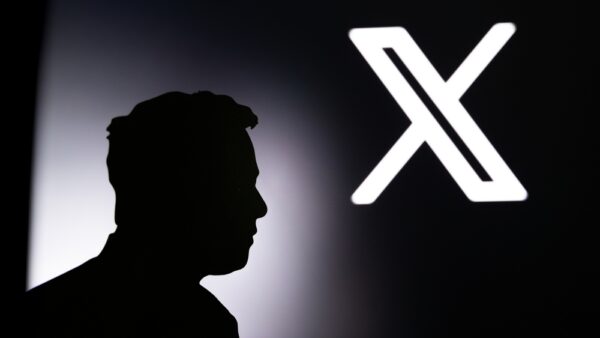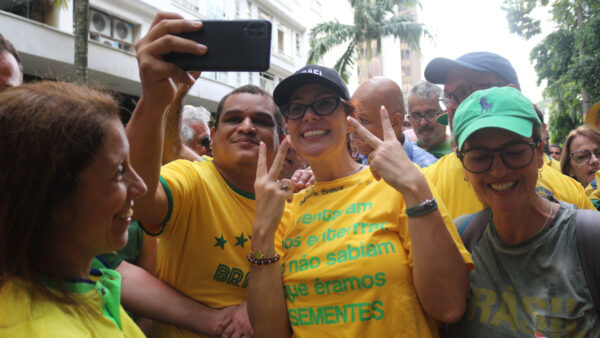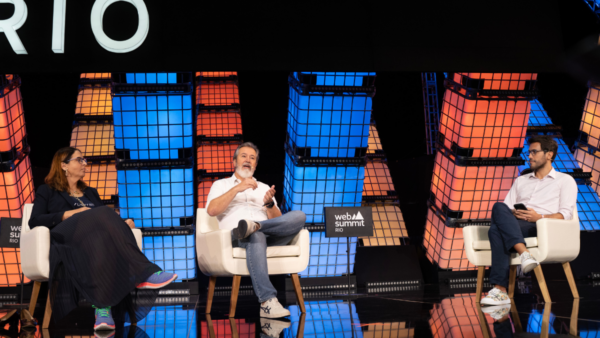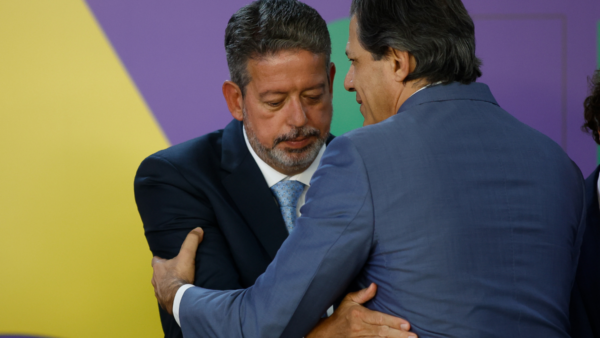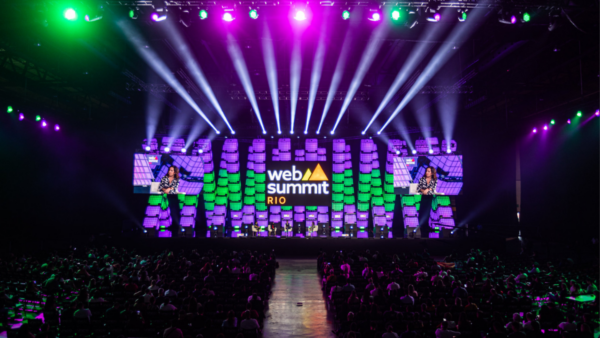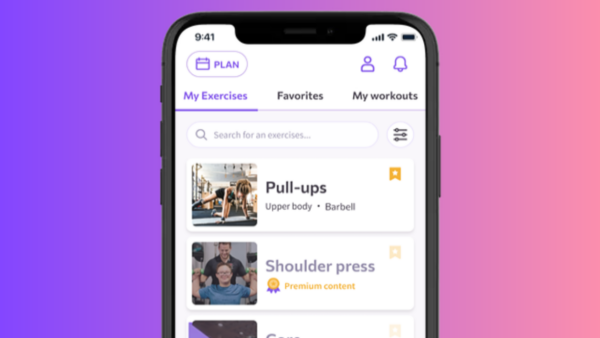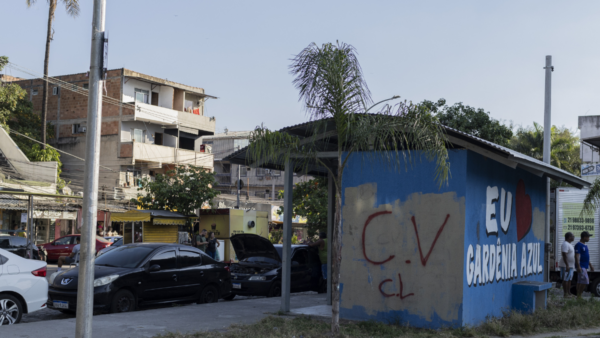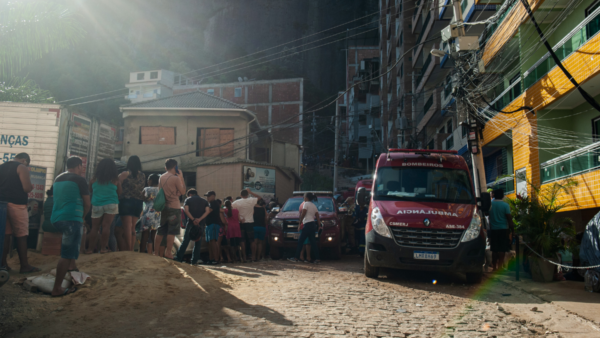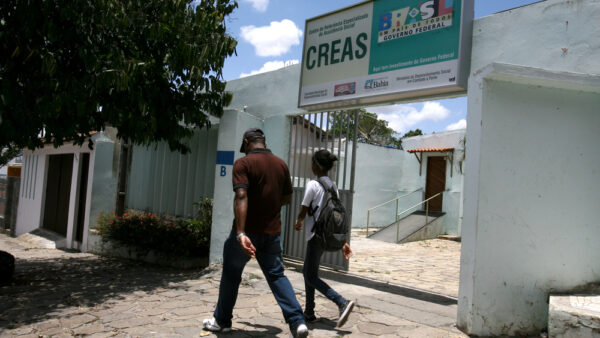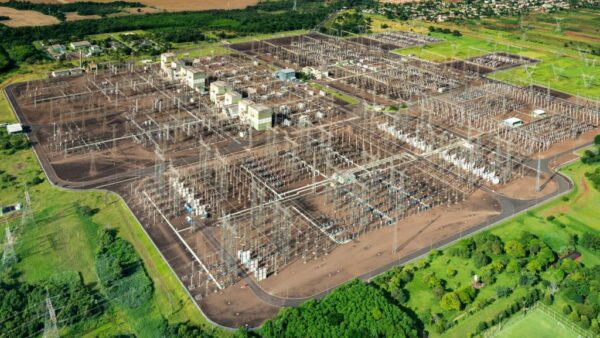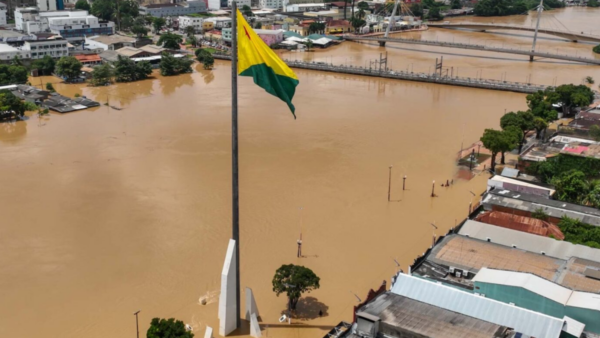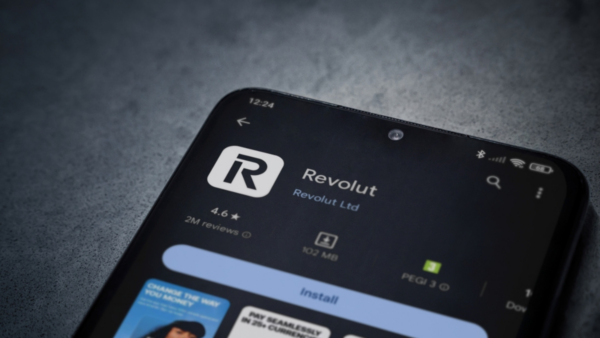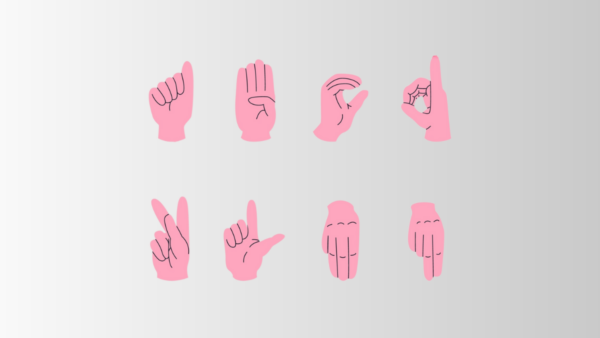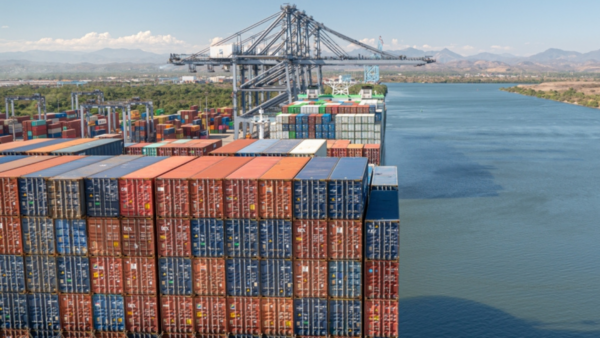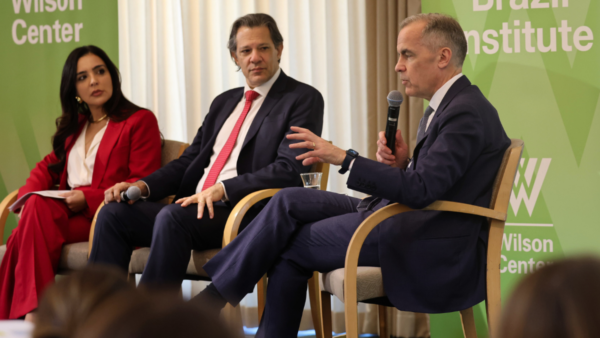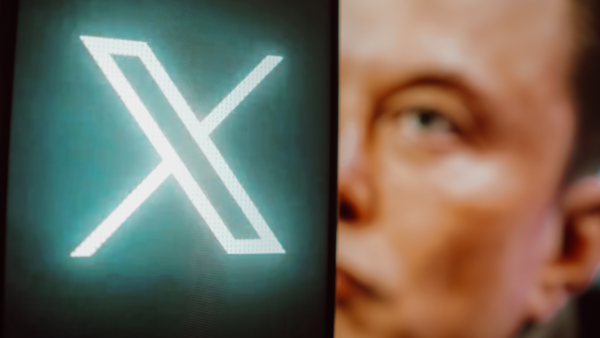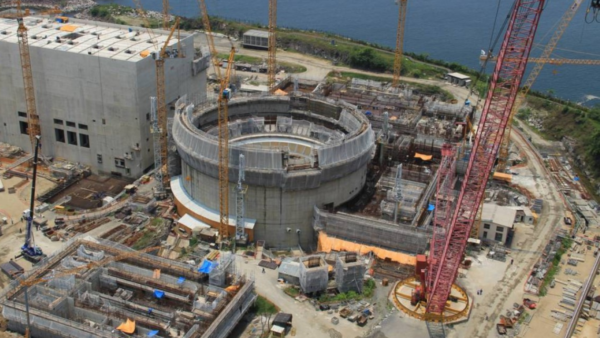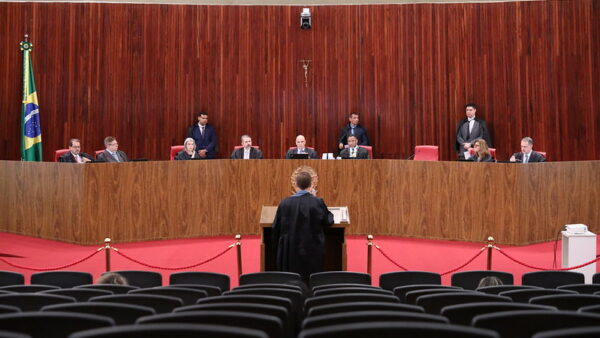The term “digital divide” gained popularity in the late 1990s, when American politicians and journalists used it to describe the widening gap in access to information technology. Twenty years later, Brazilians are growing more and more connected to their smartphones. Yet, the divide is only becoming more apparent. As private schools develop increasingly advanced digital literacy programs, those without the same means are being left behind.
Barriers to access can be physical, informational, financial or temporal—and all are tightly correlated with demographic information, particularly region and class. Language is one of the key determinants in how people use technology, and about
As more and more jobs become reliant on technology, having access to and skills for navigating the digital world becomes ever more crucial. This is why those who can afford to are choosing to send their children to schools that integrate technology into their curricula.
Why digital literacy matters
According to the The Future of Jobs Report, published by the World Economic Forum, 88 percent of Brazilian businesses are likely to hire staff with skills relevant to new technology, as opposed to the 79 percent who are likely to retrain existing employees. To push the point even further, nearly half of businesses indicated that they were likely to fire...

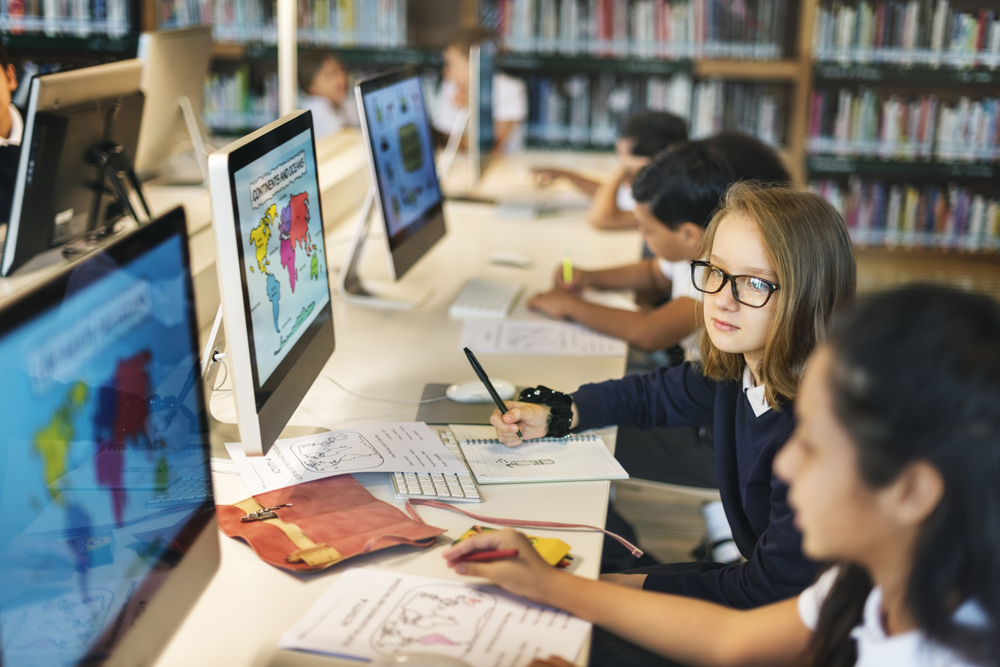
 Search
Search